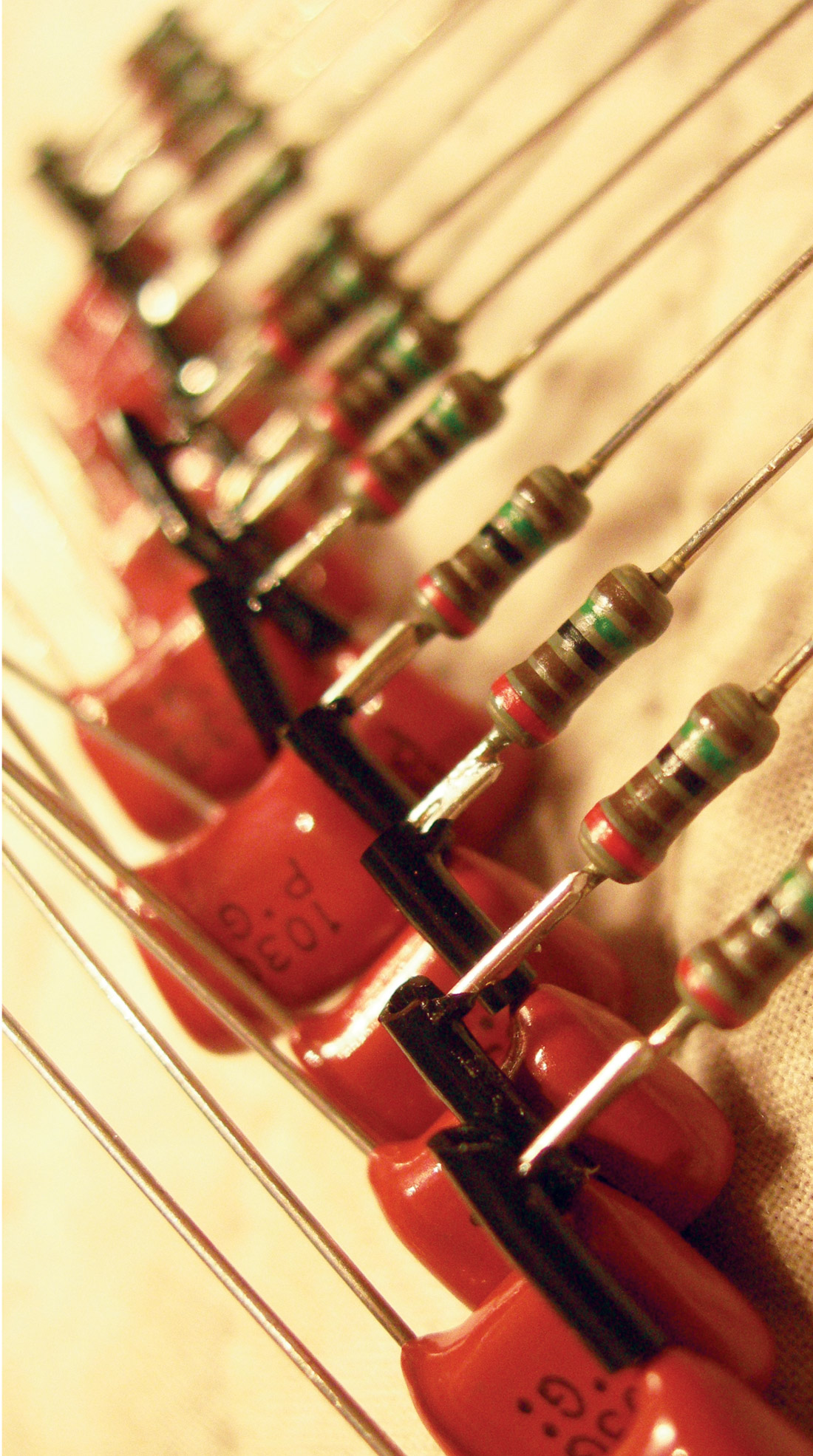Most of us at one time or another have owned or thought about buying an ART product. In my opinion, they offer one of the best price-versus-performance product lines on the market. At the January NAMM show, ART introduced their new M-Series line of microphones, including three FET large-diaphragm condensers and the M-Five ribbon microphone. I've been looking for an affordable ribbon mic to round out my project studio's mic locker / shoe box, so I was anxious to get my hands on the M-Five to try on a few recording projects.
Noted jazz musician Jeff Alkire needed to record some examples of his antique saxophone collection to post on his web site (www.jeffalkire.com). His collection includes tenor, alto, and soprano saxophones from the 1920s and '30s-one's even plated in gold! In addition to performing on stage with greats like Ray Charles and John Lee Hooker, Jeff's had a lot of experience in the studio, so I was definitely interested to get his take on the M-Five.
The goal was to record one song and one scale for each of the six saxophones in his collection. Like most jazz musicians I've worked with, he likes to get right to it, so setup had to be short and sweet. For the tenor and altos, I placed the M-Five about a foot above the bell, facing the lower valves. For soprano, I set the mic a foot away from the front of the bell, facing slightly off-axis. On all of the tracks, the M-Five offered a dynamic, natural sound-capturing the subtleties of the horn's bell, the reed, and the valves. The mic also handled loud blasts well; ART claims a maximum SPL of up to 148 dB! On mellow, breathy passages, the M-Five captured that "sexy" saxophone sound with surprising presence and clarity. Jeff said that the M-Five is "warm and rich, mirroring my playing sound instead of changing it, which is what I'm looking for in a recording. For the price, I've never used anything better. Can you get me one?"
In another session, singer/songwriter Evan Palmer came over to the studio to demo a new song he'd just written and record with his new $2300 Gibson. He improvised a quick arrangement that included two acoustic guitar tracks, Hammond organ, and vocals. For acoustic guitar with pick, the M-Five sounded best 18" from the 12th fret, pointed towards the sound hole. The first guitar track consisted of light finger-picking which presented a challenge, as ribbons require so much gain. With the gain cranked, I could hear a little of the M-Five's self-noise, so I had to move the mic in 8" from the sound hole and closer to where the guitar neck meets the body. With both pick and finger, the acoustic guitar sounded nice and "woody". Typically for a brighter "folky" or bluegrass sound, I'd choose a condenser mic over a ribbon. However, I found the M-Five had more detail in the higher frequencies than expected.
The song we were working on called for subtle "whispery" vocals. I was able to get Evan right up on the mic (less than 4" away with a pop filter) and the results were so realistic-round and natural. For the Hammond part, I tried the M-Five in various positions around the room, but preferred the mic 6" in front of the organ's speaker. In the end, we both agreed that the M-Five reinforced his decision to spend so much money on an acoustic guitar.
After Evan left, I tracked some electric guitar with the ART mic. I had borrowed a Cascade Fat Head ribbon microphone from a friend for comparison, but found that even though the ART looks suspiciously similar to the Cascade, it's a totally different mic. The M-Five has a tighter, slightly brighter sound and is closer in character to a Royer R-121 in my opinion, and like the Royer, the M-Five exhibits an asymmetrical pickup pattern. As with the organ track, I thought the M-Five sounded best closer to the guitar amp's speaker. I found the Fat Head was better suited further from the guitar amp. To my ears, with its true figure-8 pattern, the Cascade had a more "roomy" character, like a Coles 4038.
Though I did not get the opportunity to perform a "shootout" between the Royer and the M-Five, at John Baccigaluppi's studio, I was able to confirm that the ART mic has slightly more self-noise and less output than his R-121. Also, the R-121 is spec'ed with better transformers. That said, the price difference is over $1000.
I count myself lucky that I'm in the position to try before I buy. Right now, every single purchase is a gamble; I don't have a dollar to waste. For my project studio needs, the M-Five is a sure thing. The mic comes with an aluminum carrying case and a rather flimsy shockmount. But given the mic's extreme affordability, I'm glad that ART focused its cost-cutting on the shockmount instead of the mic itself. When they've figured out that I haven't sent the microphone back, I'm going to buy it. ($149 street; www.artproaudio.com)
Tape Op is a bi-monthly magazine devoted to the art of record making.




_disp_horizontal_bw.jpg)